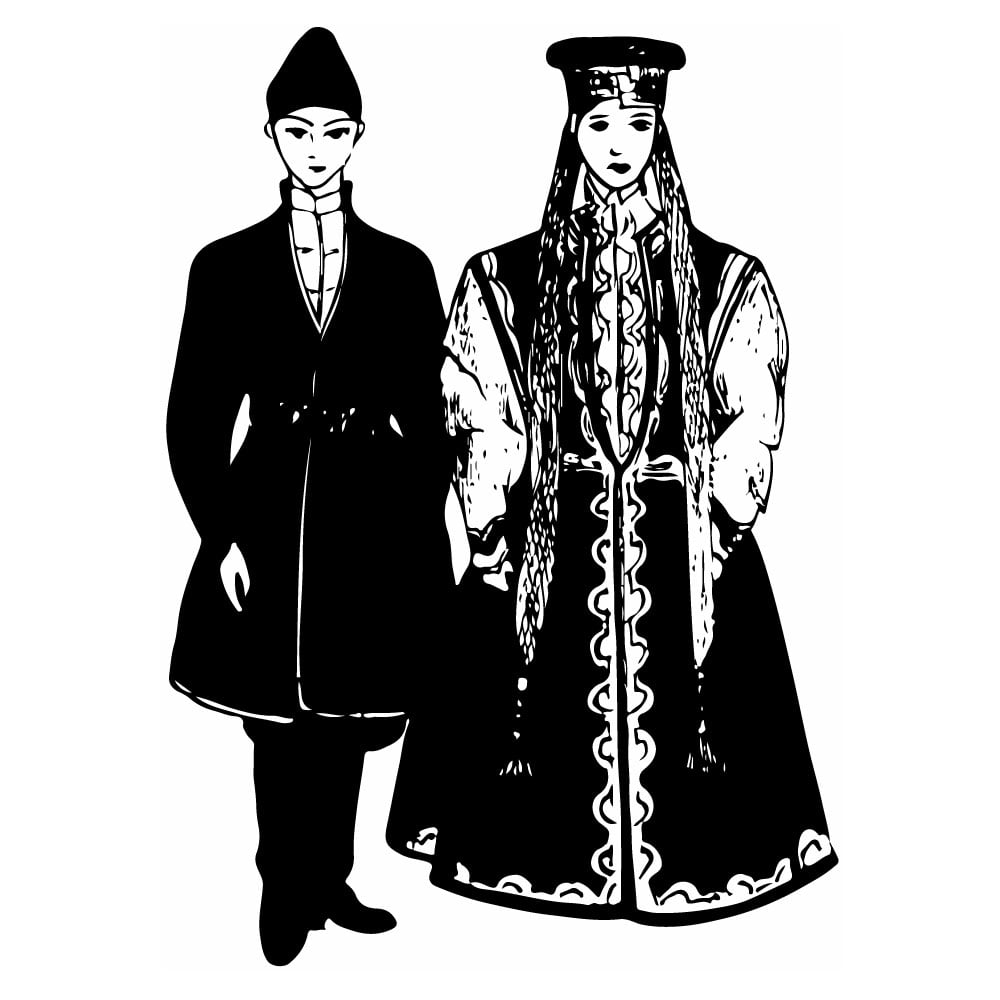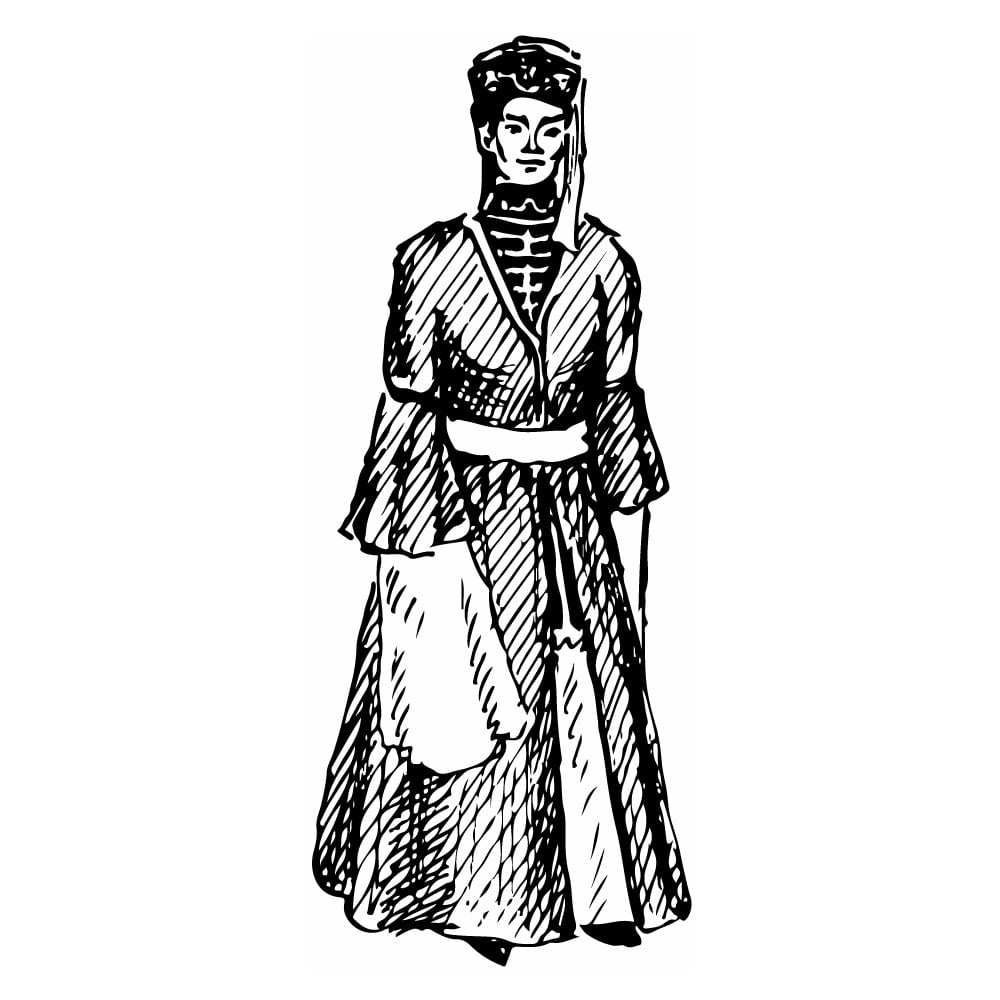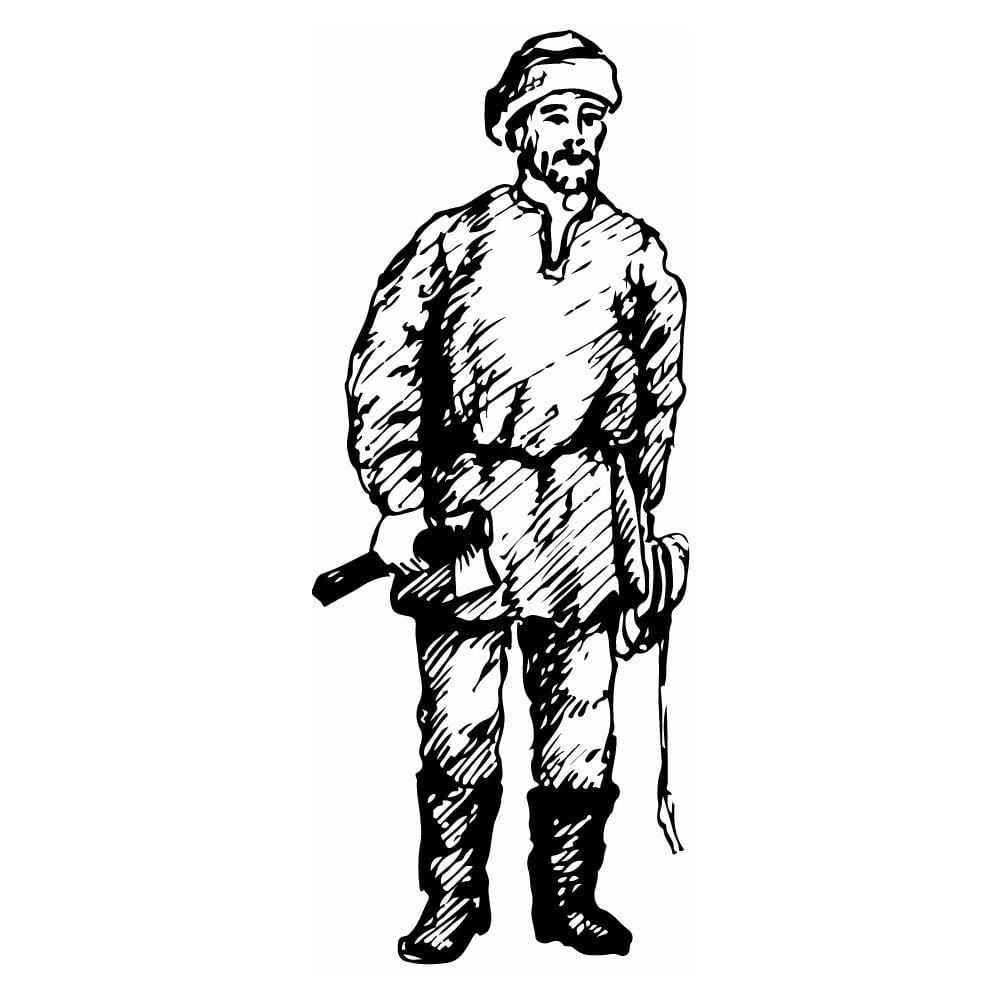Itelmen
| Population | 2,500 |
| Language group | Chukot-Kamchatka family of Paleoasiatic languages |
| Language | Itelmenic |
| Region | Western part of Kamchatka Peninsula |
| Religion | Shamanism |
*Population estimates for 1994
The ancient population of Kamchatka, the Itelmen, have preserved their language and their ethnic name only in a few settlements of the Southern part of Tihil district of Koryak national area.
The name “Itelmen” means “dweller” or “living man.” In documents and also in literature of the eighteenth century the Itelmen were named Kamchadals. Except for the inhabitants of some settlements, the Itelmen descendants have completely merged with the Russians. Officially they are considered to be Russians, but the term “kamchadals” has been preserved in the living speech.
In the past, the Itelmen were subdivided into the northern, southern, and western according to their language. The archaeological relies and monuments of the peninsula have been investigated poorly. The Russians got their first knowledge about the Itelmen in the seventeenth century. It was due to the splendid work by Stepan Krashennikov, a participant of the Second Bering expedition to Kamchatka that we have at our disposal the description of material production and social system of Itelmen of the first part of the eighteenth century, when they were still preserving their original culture.
They were fishermen, living in permanent settlements on the banks of the rivers. Hunting and seagame trapping were of secondary importance in Itelmen’s household trades. Gathering wild plants was so widely spread among Itelmen that no other people of Siberia could compare with them. A dog was Itelmen’s only domestic animal. A female occupied a high position in social and family life. Itelmen social system preserved many features of matriarchal family.
The religious conceptions of Itelmen possessed a number of common features with Koryaks’ and Chukchi’s beliefs: the conception of the Raven-Creator, rites and holidays, connected with the year round economic cycle; whale, bear, and other ceremonies, including “entertainment” and “endowing” of the killed animals.
Dead bodies of human adults were left by the Itelmen to be eaten by dogs while children were buried in hollows of trees. In the middle of the eighteenth century the Itelmen were baptized into the Orthodox faith, but they went on keeping their animistic views.
Close ties of Itelmen with the Russian population of the peninsula promoted their joining the Russian culture. In particular, the Itelmen learned the skills of gardening and cattle breeding from the Russians.
Now the Itelmen differ very little from their neighboring old timer Russian population of Kamchatka as to their household, culture, and everyday life. All of them are united into fishing collective farms, and well equipped technically. Seagame hunting and fur trade are of considerable importance in Itelmen collective farms. There are medical institutions, clubs, and schools in all Itelmen settlements. National specialists have appeared. Thousands of Itelmen, both males and females, work as teachers, accountants, physicians and other specialists.
This is Ad 1




























